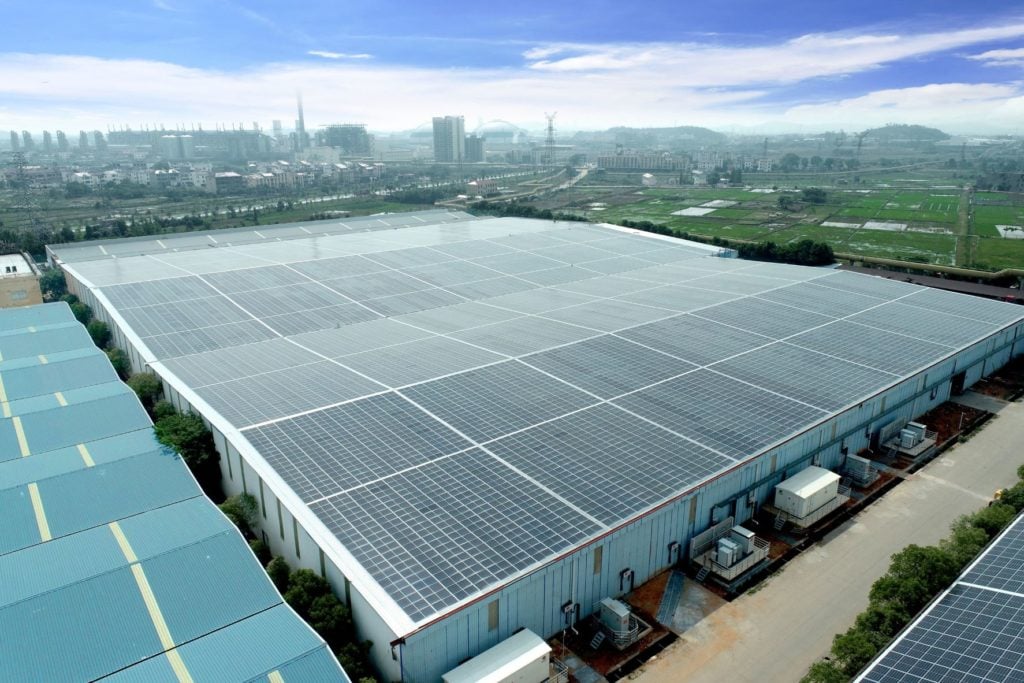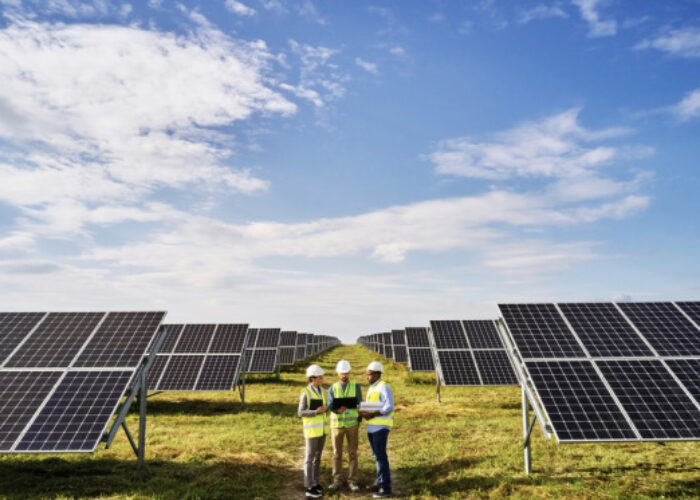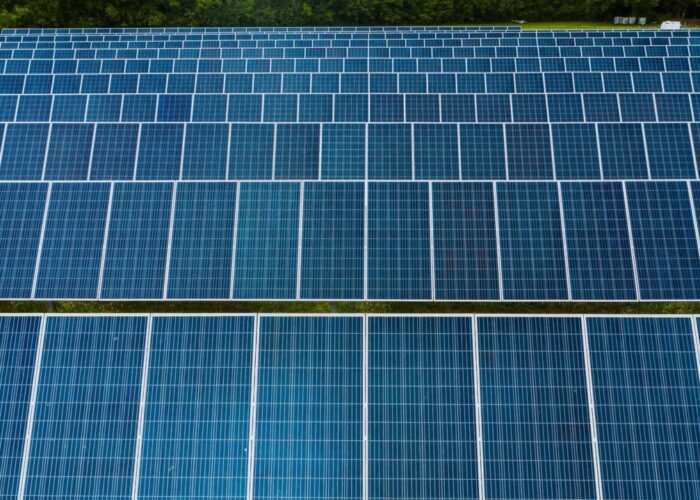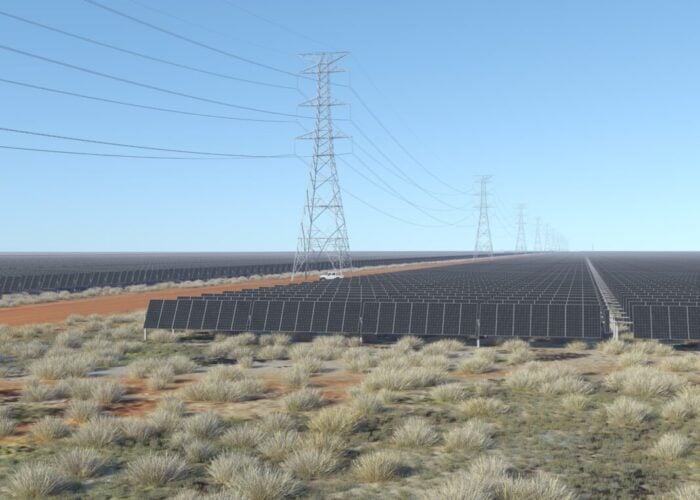
China’s solar exports have continued to grow as demand from global consumers and developers increased, while its dominance in PV manufacturing will likely continue, according to Wood Mackenzie’s recent study.
Last year, China’s solar export revenue increased by 64% to US$52 billion thanks to high power prices driven by the energy crisis. Consumers and developers from around the world tended to buy more solar modules from China to lower the cost. From 2018-2021, China’s solar export revenue increased from only US$15 billion to US$32 billion.
Unlock unlimited access for 12 whole months of distinctive global analysis
Photovoltaics International is now included.
- Regular insight and analysis of the industry’s biggest developments
- In-depth interviews with the industry’s leading figures
- Unlimited digital access to the PV Tech Power journal catalogue
- Unlimited digital access to the Photovoltaics International journal catalogue
- Access to more than 1,000 technical papers
- Discounts on Solar Media’s portfolio of events, in-person and virtual
Wood Mackenzie’s research director Alex Whitworth said that trade tensions had taken a back seat to high power prices.
The study also examined China’s PV export volume by type. PV modules’ export volume increased from 108GW in 2021 to 154GW last year, representing a 42% growth. Wood Mackenzie said Chinese modules were up to 57% cheaper than US- and EU-produced modules driven by low energy costs, scale advantages and government support, which was a cost-competitiveness against other markets.
Conversely, US and EU solar module manufacturing were not competitive without subsidies.
China’s cell export volume also saw a huge increase, up from 11GW in 2021 to 24GW in 2022. Wafer export volume surged from 29GW in 2021 to 41GW in 2022, representing a 44% increase.
Looking ahead, China’s export capacity for upstream wafers and cells will grow to more than 230GW in 2026, higher than the global market demand, excluding China, of 170GW. In addition, the available module capacity for export in China is also expected to grow gradually to 149GW by 2026.
China’s local module manufacturing cost last year was only US$0.24 per watt, significantly lower than the US (US$0.56), Europe (US$0.52), and India (US$0.33). Southeast Asia’s manufacturing cost was close to China as it stood at US$0.26 per watt.
Whitworth said China’s dominance in PV manufacturing will not be undermined by US, EU, and Indian policies. He said: “The US is counting on the Inflation Reduction Act (IRA), which will allocate at least US$41 billion to stimulate domestic manufacturing. But costs still favour imported modules, and even as more local module production comes online in coming years, there will be persistent dependence on imports of components from Asia.”
Despite the US government’s aim to produce all modules in the country by 2026, the goal will be difficult to reach as it lacks wafer and cell production in the region, while incentives cannot fully bridge the manufacturing cost gap between US-made modules and Chinese counterparts.
Meanwhile, the EU lacks specific policies to propel capacity buildouts and displace imports, and India needs more financial support to reach its target. Southeast Asia boasts a mature supply chain and large production capacity for export, but it still relies on Chinese-produced components.
Whitworth added that companies outside of China have opportunities in the industry as more markets demand local jobs and investment for solar, but China’s domestic market scale and supply chain were “in a league of their own and appear to be on a sustainable growth trajectory”.







